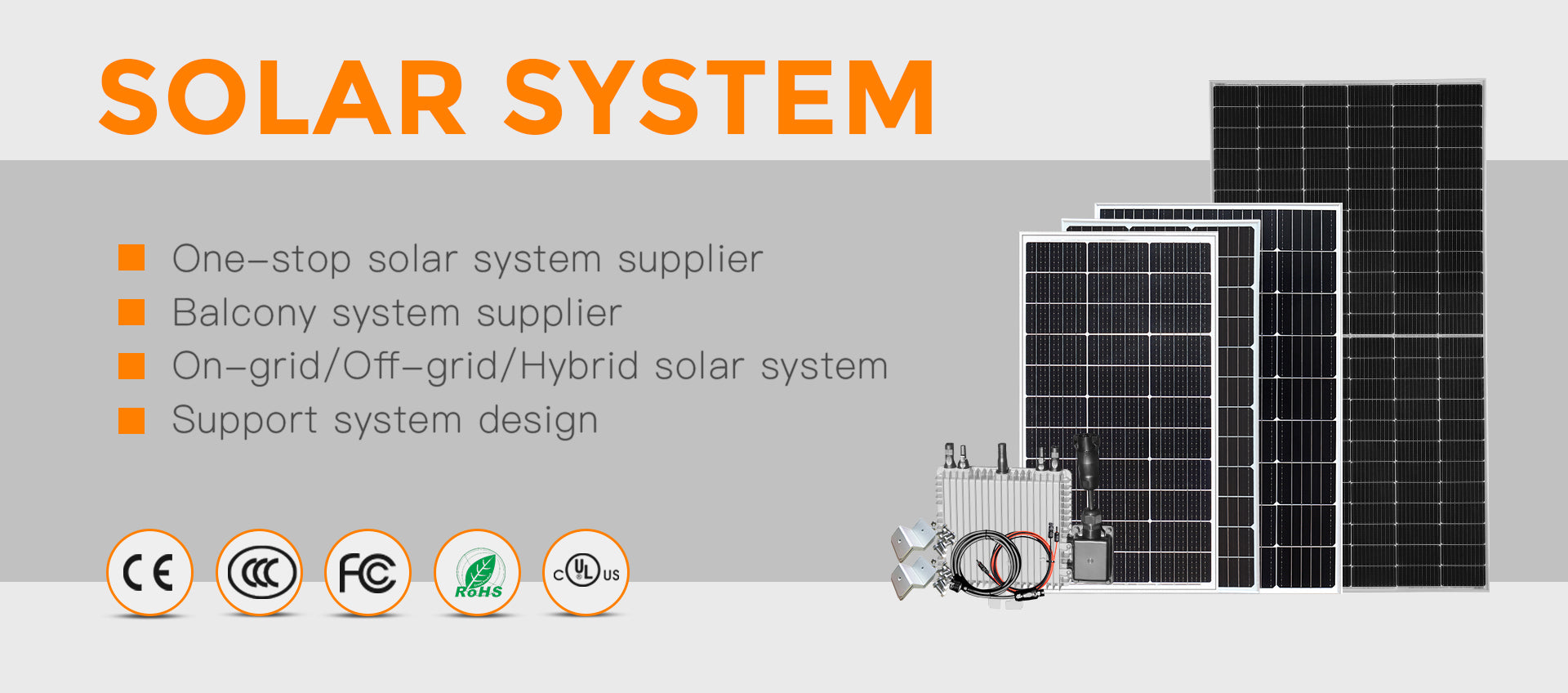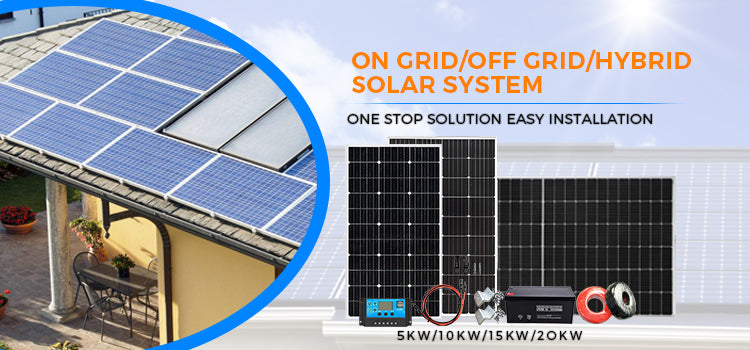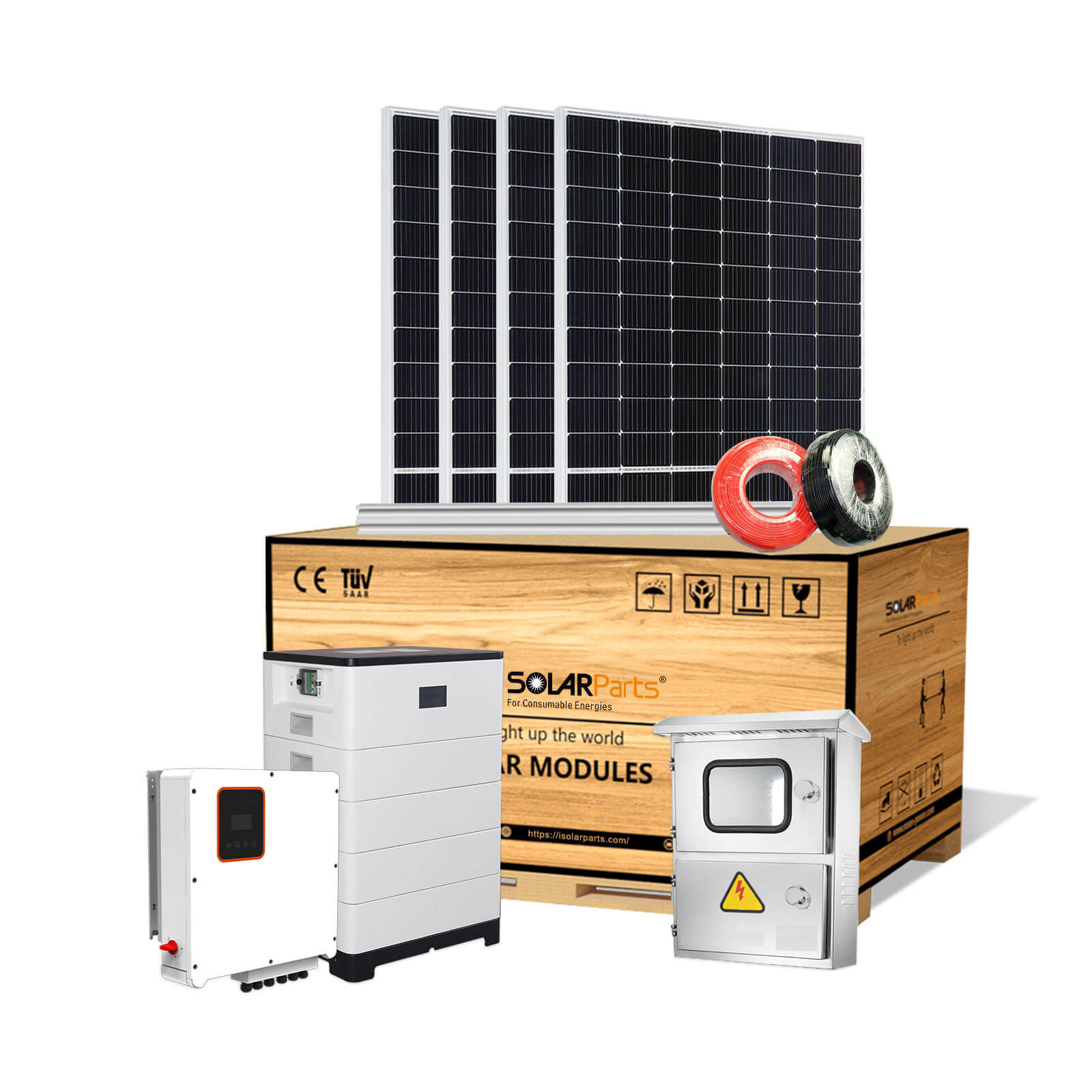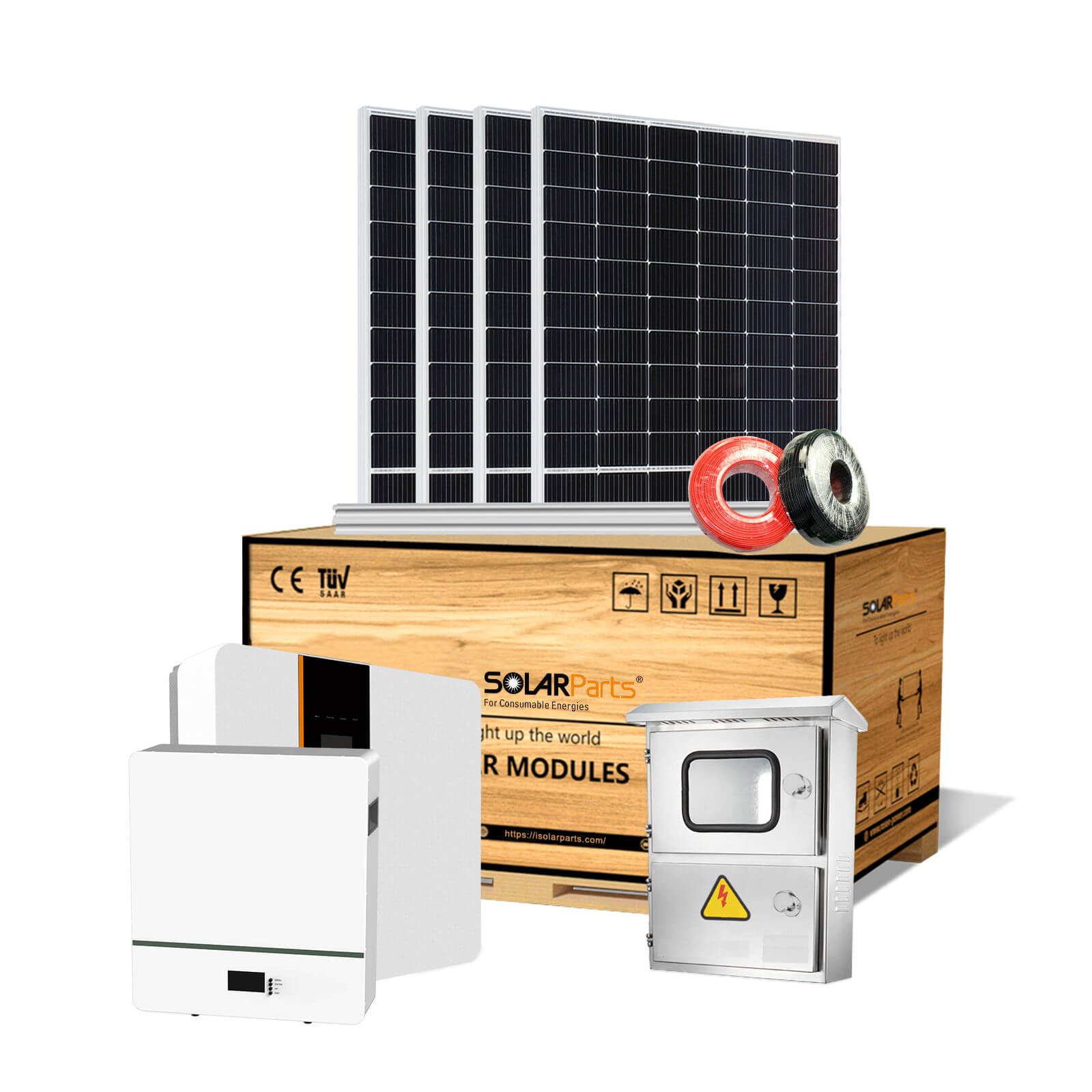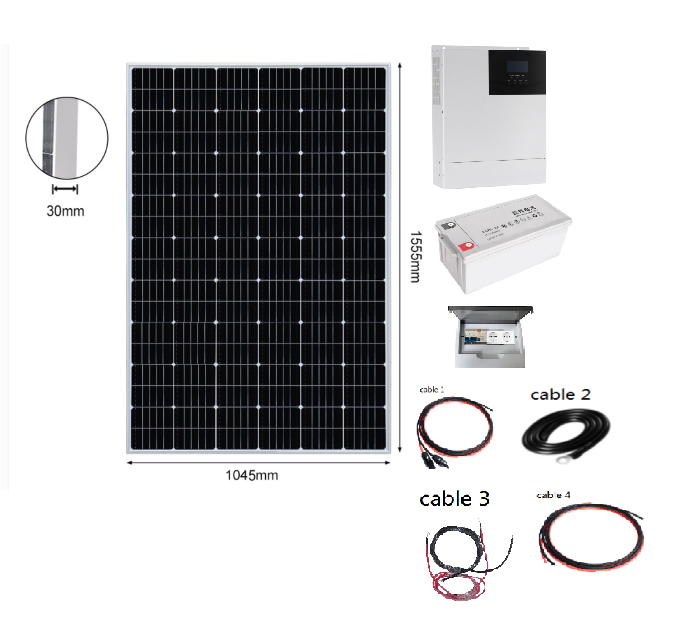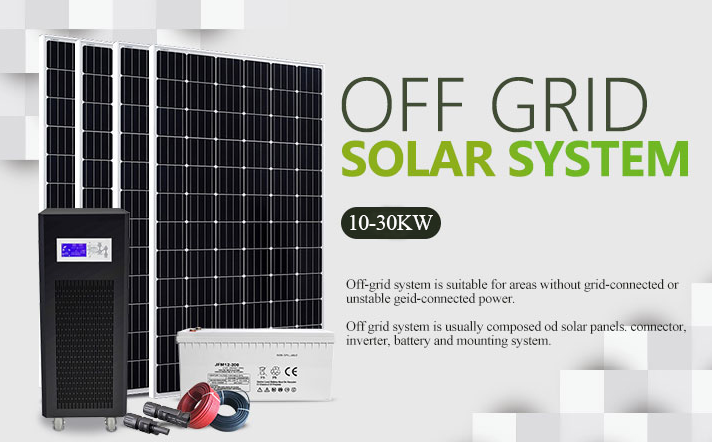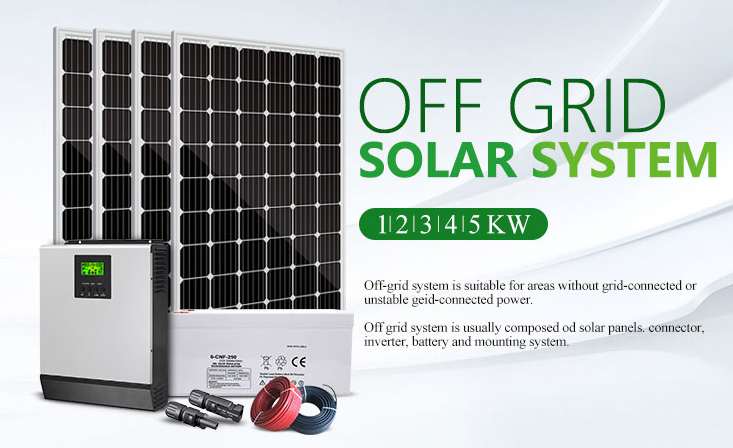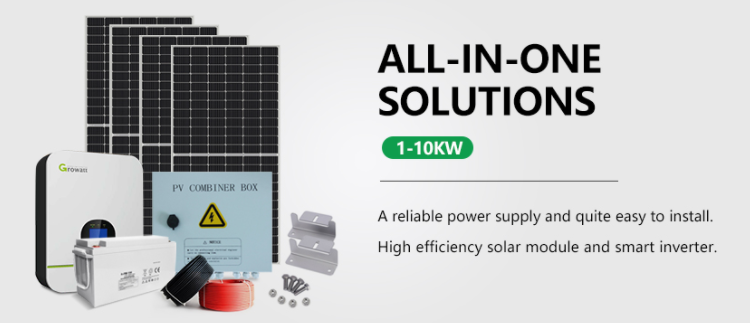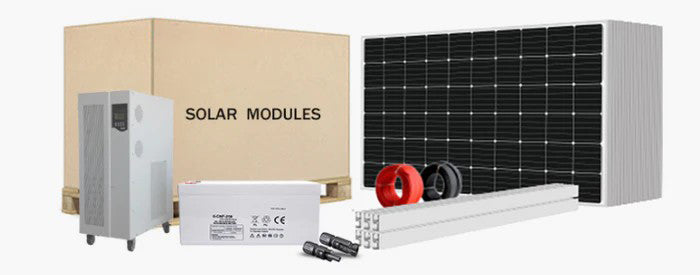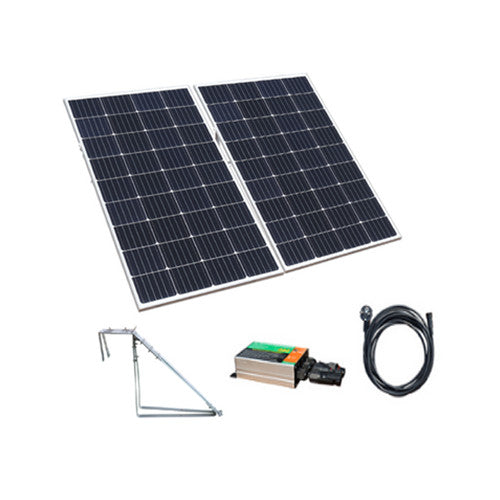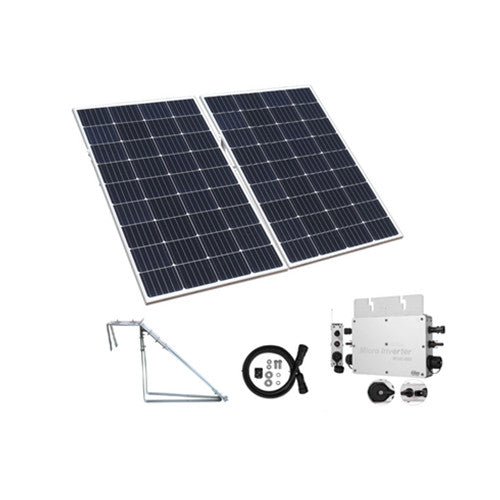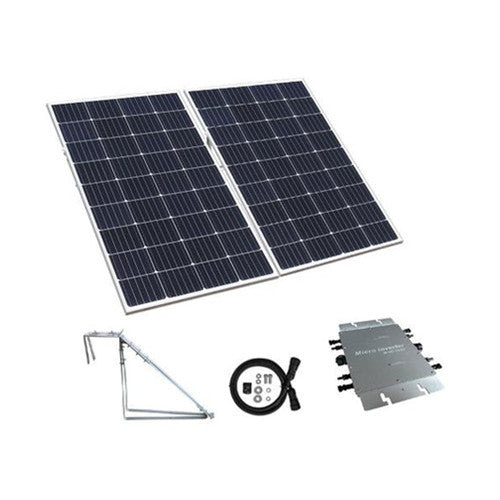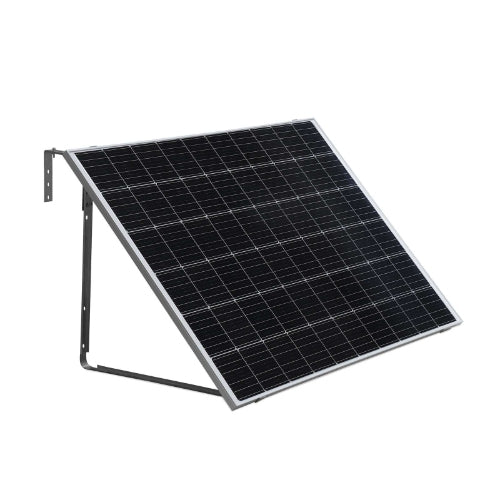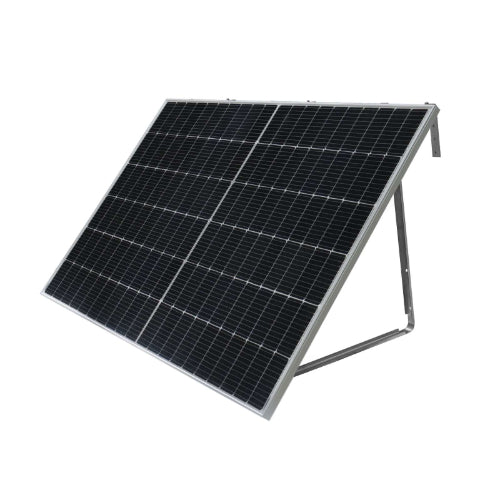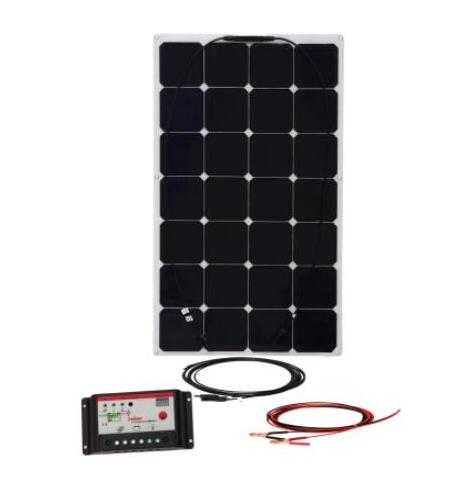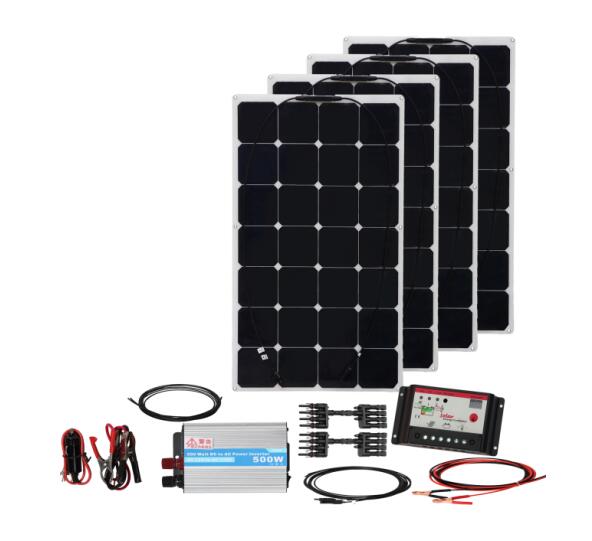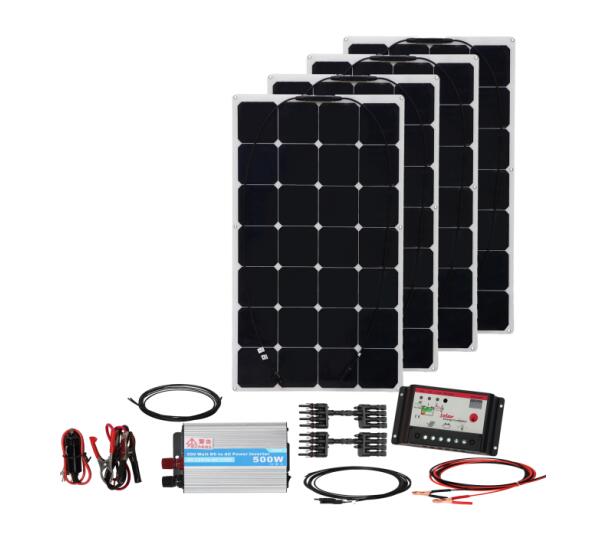10KW on grid solar system 10kva solar energy system solar solutions
Technical Details


Catalogs
Advantages of Grid-Tied Systems
- Save more money with net metering
Your solar panels will often generate more electricity than what you are capable of consuming. With net metering, homeowners can put this excess electricity onto the utility grid instead of storing it themselves with batteries.
- The utility grid is a virtual battery
The electric power grid is in many ways also a battery, without the need for maintenance or replacements, and with much better efficiency rates. In other words, more electricity goes to waste with conventional battery systems.




